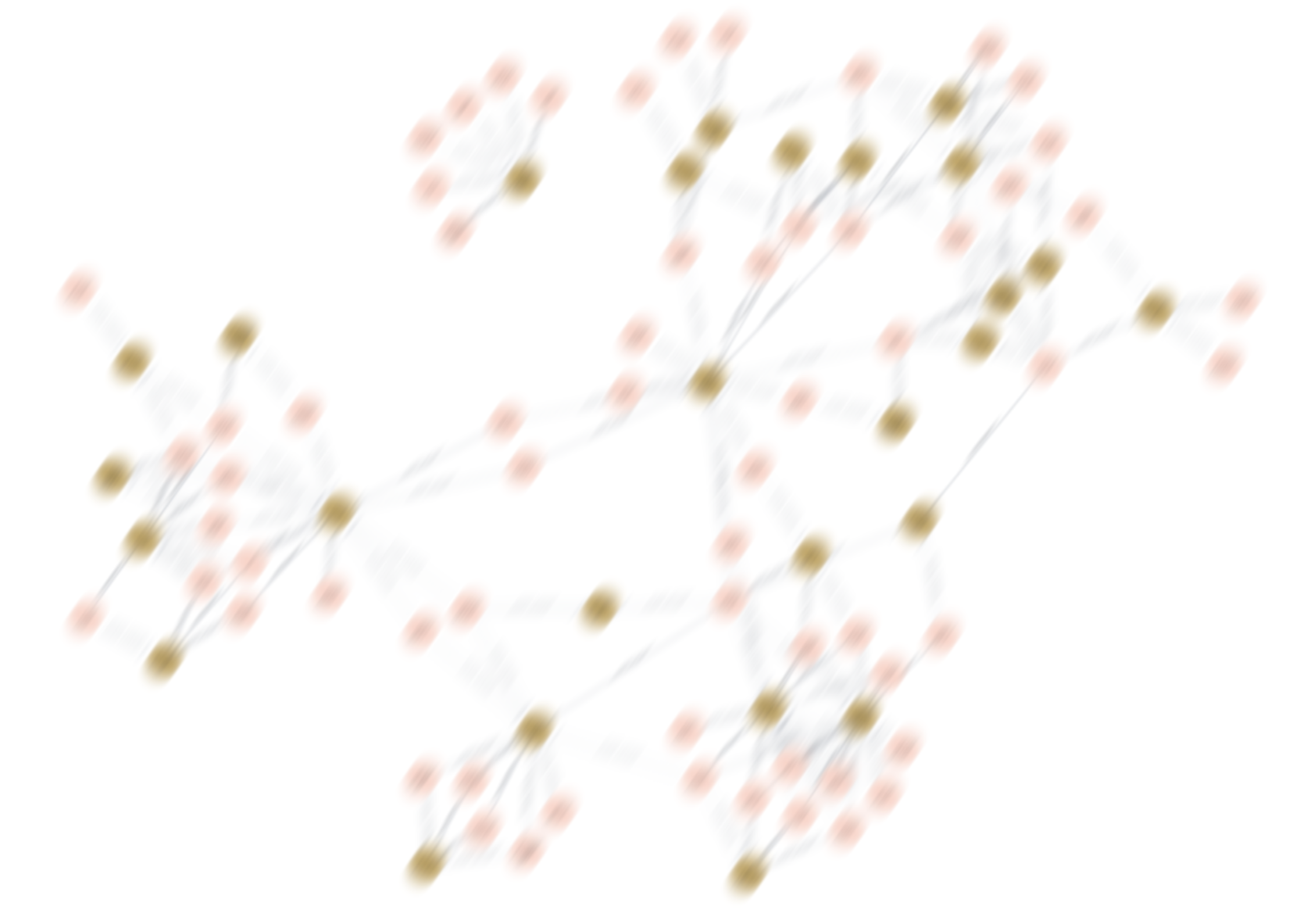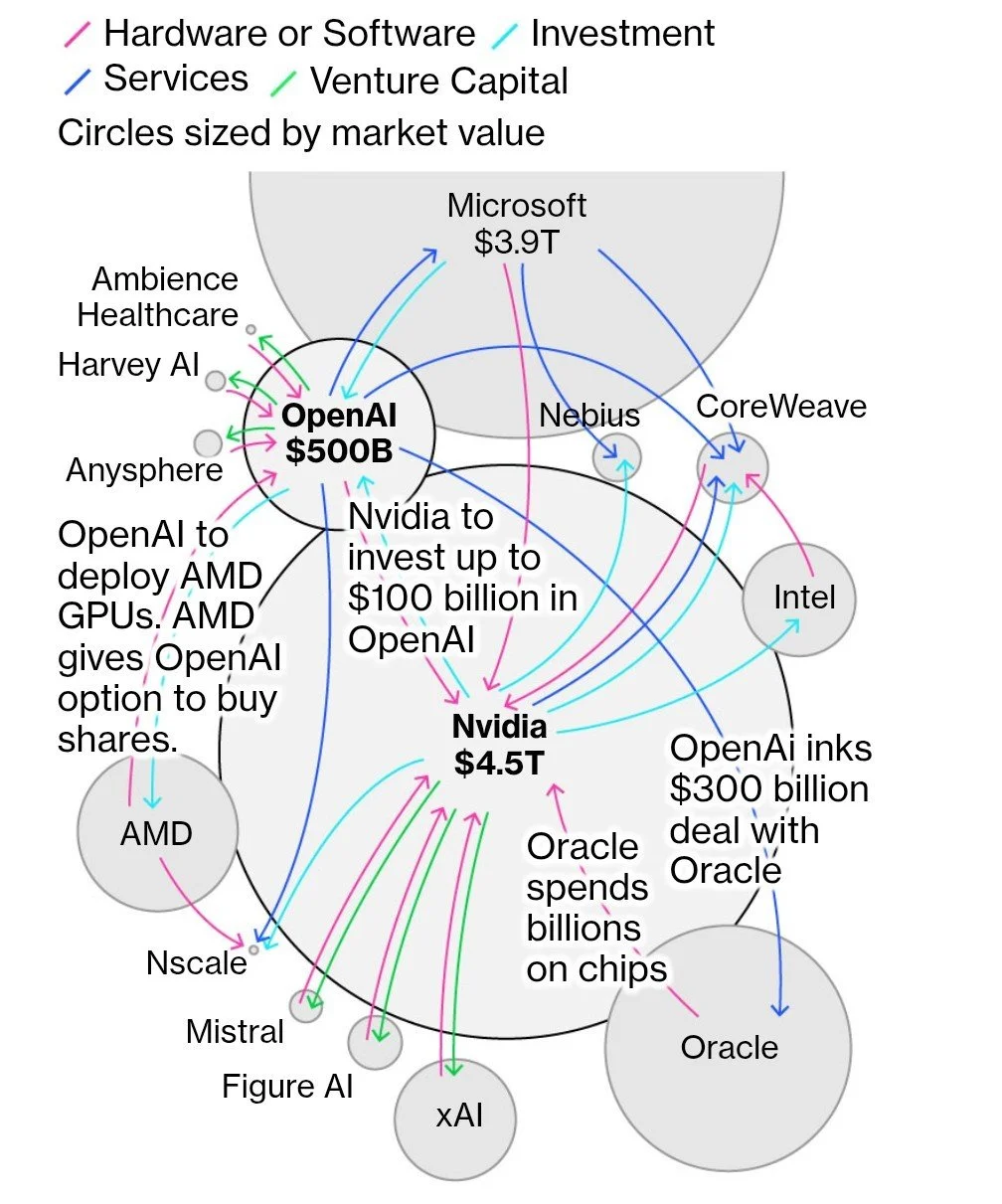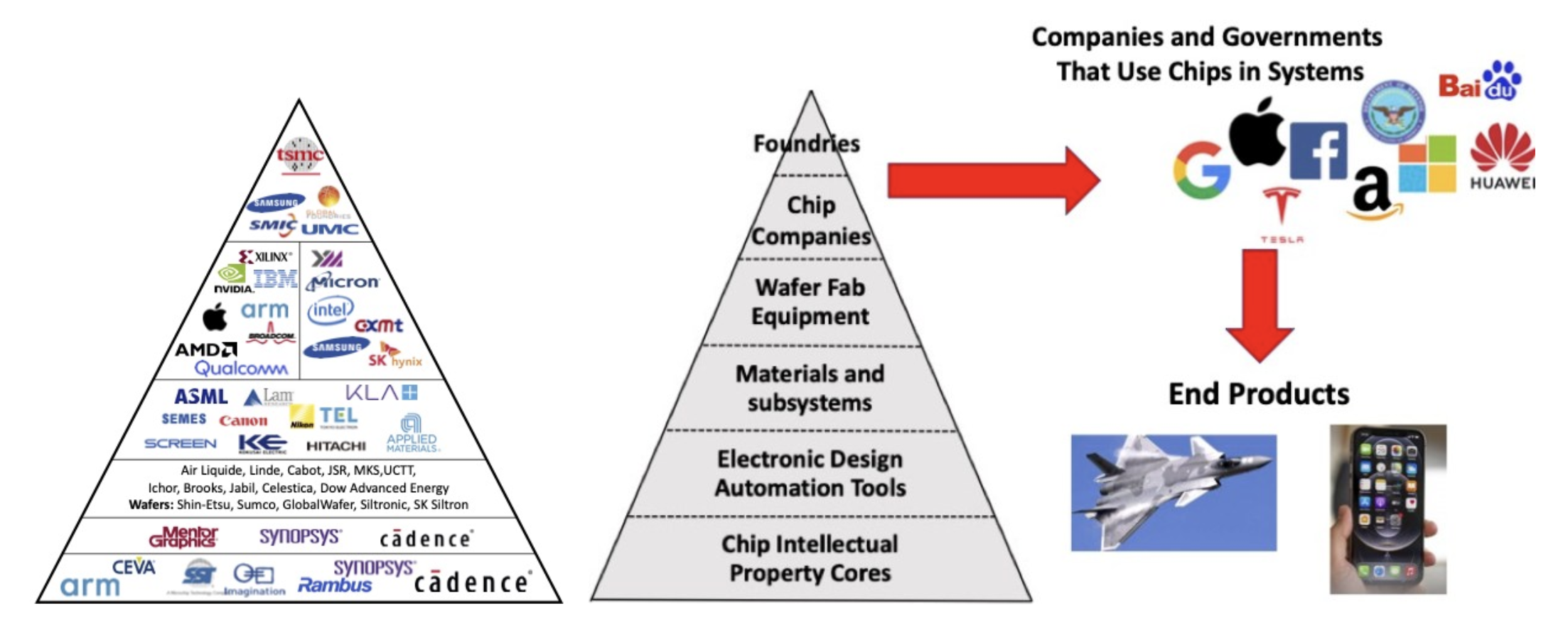Infrastructure is invisible until it isn't
“Systems approach looks beyond isolated linear cause-and-effect chains for interconnections and interrelations.“
I was updating my map of the AI ecosystem last month when something caught my attention. Not the usual “AI is transforming everything” observation, but something quieter and more structural. I was tracing the flow between companies. Cloud providers to chipmakers to energy utilities. Somewhere in that process, a pattern emerged.
To most people, AI is software. Models and algorithms, suspended somewhere in an abstract digital cloud.
But AI runs on computation. Computation runs on chips. Chips depend on how small and how precisely you can etch transistors onto silicon. That precision? It comes from something called EUV lithography. Extreme ultraviolet lithography. There are only a few hundred EUV machines in existence. All made by one company: ASML ($ASML).
You probably don't think about this much. Most people don't. But stay with me.
When you zoom out, you start to see what's really happening. This isn't just a software story. It's a massive physical buildout. An infrastructure renaissance that mirrors the early days of electrification. It brought me back to my electrical and computer engineering courses studying how invisible networks of power became the backbone of modern life.
What we call “progress” is increasingly shaped by things most of us will never see. That's the part that fascinated me.
Not the models themselves, but the hidden systems that make them possible.
The moment infrastructure becomes visible
A few weeks ago, I was at a corporate venture + entrepreneurship event where I heard a founder talking about how his startup had hit their GPU quota on three different cloud providers. “We're literally waiting for compute,” he said. “Our model training is scheduled two weeks out.”
That's when infrastructure stops being invisible. When the abstraction breaks down and you realize that your AI model isn't running “in the cloud," it's running on actual hardware, in actual buildings, powered by actual electricity, cooled by actual systems, connected by actual networks.
I've been researching this for months, building these network graphs that map how every piece connects. What started as a simple market analysis turned into something else entirely: a map of dependencies most of us never think about.
The three bridges that connect everything
Looking at my research, three categories kept emerging as bridges between the digital and physical worlds:
Data centers are the physical bridge. Not the most glamorous of AI, but absolutely critical. Companies like Equinix ($EQIX) and Digital Reality ($DLR) aren't just real estate plays anymore, they're the convergence point where cloud platforms meet energy infrastructure meet cooling systems meet network connectivity. When I mapped the connections, data centers sat at the center of everything, with connections reaching into energy (partnering with Next Era Energy ($NEE) for renewable power), technology (hosting $NVDA's chips), and even traditional industries (supporting enterprise transformation).
Foundation models are the virtual bridge. OpenAI, Anthropic, and the other labs aren't just building software, they're creating dependencies that ripple through the entire stack. Their compute demands drive data center expansion, which drives energy consumption, which drives utility infrastructure upgrades.
Energy is the foundation neither can stand on without. Tech companies are now signing power purchase agreements like they're collecting Pokemon cards. Microsoft is partnering with startup Helion Energy to build a nuclear plant to power some of their data centers. Google's contracting for 24/7 renewable energy. The global data center energy consumption is projected to match India's entire usage by 2034.
That last stat made me pause. We're building an intelligence infrastructure that will consume as much power as the world's most populous nation.
To me, that's worth investigating from every angle: academic, socioeconomic, commercial, ethical, philosophical.
Not because it's alarming; though it might be.
But because it reveals something about what we've decided to prioritize. And what we haven't fully accounted for yet.
Why NVIDIA sits at the center of hardware
The network graphs revealed something I hadn't fully grasped: NVIDIA has positioned itself as the essential node connecting every other hardware company and foundational category. They’re so deeply embedded in the ecosystem that removing them would collapse the structure. Like pulling the wrong block from a Jenga tower.
ASML makes the machines that make the chips. TSMC ($TSM) runs the foundries. But NVIDIA designed the architecture that everyone else is building around.
That's systems intelligence at the corporate level.
When you're that integrated, you're no longer competing for position. You're defining what position means.
The not-so-popular supply chain
The entire AI revolution depends on materials most people can't even name.
Let me give you some examples.
Rare earth elements, metals with names like neodymium and dysprosium, go into the magnets that power cooling fans in data centers. Without them, servers overheat.
Specific grades of copper are needed for high-speed interconnects, the wiring that lets chips talk to each other fast enough to run AI models.
Ultra-pure water, not tap water, not bottled water, but water so clean it's almost chemically sterile, is essential for chip manufacturing. Any impurity, even at the molecular level, can ruin an entire batch.
Specialized ceramics handle thermal management, keeping chips from melting under their own heat.
They're foundational. And most of them come from a very small number of places.
I spent time mapping companies like MP Materials ($MP) and Lynas ($LYSDY), trying to understand the rare earth supply chain. I discovered that “China currently controls 70% of global rare earths production and over 90% of global rare earths refining.”
One trade dispute. One export restriction. And the entire stack starts wobbling.
It reminds me of what happened with semiconductor manufacturing.
For years, most people didn't think much about where chips came from. Then the pandemic hit. Suddenly, car manufacturers couldn't get the chips they needed. Electronics were backordered for months. We realized, all at once, how concentrated production was as most of it in Taiwan, at a handful of foundries. TSMC in Taiwan is the leader in logic. Most people only noticed the dependency when the system broke.
That's what worries me about AI infrastructure now. We're building fast. Scaling fast. But the materials that make it possible? They're coming from supply chains we don't control, in quantities we might not be able to access if something shifts. And structure, when it's fragile, doesn't announce itself until it's too late.
The hidden choreography of connection
The most fascinating pattern in my research was how seemingly unrelated industries are suddenly interdependent.
Crypto miners like CoreWeave ($CRWV) pivoted their GPU infrastructure to AI computing. Real estate REITs are transforming into data center operators. Traditional utilities are restructuring around tech company power demands. Telecommunications companies like T-Mobile ($TMUS) are building edge computing networks to support AI inference at scale. Robotics companies like Tesla ($TSLA) are approaching completion of its humanoid robot production. Hydrogen energy providers like Plug Power ($PLUG) are positioning themselves as backup power solutions for data centers that can't afford downtime.
Data management platforms like Snowflake ($SNOW) are becoming essential infrastructure for training pipelines because you can't build models without organizing massive datasets first. Cybersecurity firms like CrowdStrike ($CRWD) are racing to secure AI systems before they become attack surfaces. Government contractors like Palantir ($PLTR) are integrating AI into defense and corporate systems, such as staffing and inventory software operations.
Even financial services companies are being pulled in as someone has to finance all this infrastructure, insure it, hedge the commodity risks.
This is just scratching the surface.
Industries that did not have to think about much about each other are now structurally linked.
When the invisible becomes critical
I keep thinking about something I learned in my engineering classes at UCSD: the best-designed systems are invisible until they fail.
If you work in the creative industry, you've may have heard the expression “good design is invisible.”
Both are similar and debatable.
We're building an intelligence infrastructure so complex that most of us can't see it even when we're looking right at it.
But here's what the research revealed: we're at an inflection point. Power grids need to advance. Chip fabs need to scale. Cooling systems need to be enhanced. The invisible is becoming visible. After months of mapping these ecosystems, I realized every connection represents a dependency. Every dependency represents a potential point of failure. Every point of failure represents an opportunity for innovation, or disaster.
The companies that win won't necessarily have the best models or algorithms. They may understand the full stack or one aspect of it deeply enough to become irreplaceable. NVIDIA didn't need to mine rare earths. They understood chip architecture so deeply they became the layer everyone else builds around. ASML doesn't make chips. They make the machines that make the chips and they're the only ones who can do it at scale.
That's a different kind of intelligence: knowing where in the system your leverage actually is.
The pattern beneath the pattern
The underlying thing is this: The companies that win will be the ones who can see the infrastructure before it becomes visible to everyone else in their industry.
That's perception.
I think about this a lot when I look at my maps now. I'm still adding to them and still discovering new connections. They're not just diagrams of who connects to whom. They're a way of asking: What happens if this node disappears? And more importantly: Who's already asking that question?
Because the ones asking are those building something intentional into their position right now:
Resilience means they can absorb shocks. If a supplier goes offline, if a trade route shifts, if a regulatory change hits, they've already stress-tested their dependencies. They won't be the ones scrambling.
Redundancy means they're not betting everything on a single source. They've mapped alternative suppliers, backup systems, secondary pathways. Not out of paranoia, but out of awareness.
Leverage means they've identified where scarcity creates power. Maybe they've locked in long-term contracts for critical materials. Maybe they've invested in vertical integration by owning more of the stack so they're less dependent on others. Maybe they've positioned themselves as the irreplaceable node, the one everyone else needs to route through.
While everyone else assumes the infrastructure will hold, or that they'll see the crash coming in time to react.
Infrastructure is invisible until it isn't. Once you start noticing the systems underneath, everything makes a bit more sense. Stay curious.
Here’s a map to help you stay informed, ask better questions, and have more meaningful conversations about AI — a system we all are currently sensing together. Feel free to download and save in any format for personal use.
This piece is part of Ode by Muno, where I explore the invisible systems shaping how we sense, think, and create.
The quote at the intro is from the book, Systems Intelligence.



